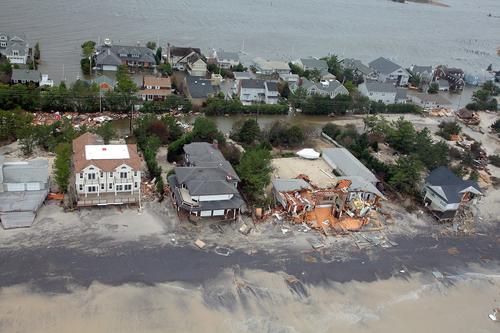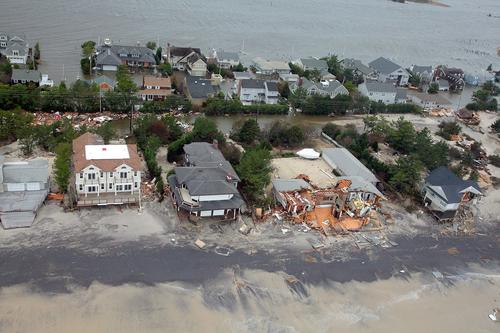March 30, 2015

If a major catastrophe strikes your area, will you be prepared? Do you have the right kind of technology in place for disasters typical in your region, like earthquake versus hurricane versus tornado, as well as the necessary tech, tools, and supplies common to all of them? Do you know how to modify the tech you've already got or MacGyver what you need to fit your own situation? Whether you're an engineer, a technician, or a homeowner, you may be on your own for awhile before emergency services arrive, if they do at all, said Jon Gabay, an independent professional in alternative energy and automation technology.

Whether it's hurricanes Sandy or Katrina, Fukushima, the earthquake in Haiti, or the tsunami in Indonesia, natural disasters are on the rise, said Gabay, and many people assume they're prepared until something happens and they realize they're not. He will teach a free, five-day Continuing Education Center course called Engineering Systems for Emergency Preparedness starting Monday, April 6, at 2 p.m. EST. The course will continue through Friday, April 10. Each day's class will last approximately an hour -- a 30 minute lecture followed by a 30-minute online Q&A.
Click here to sign up for Engineering Systems for Emergency Preparedness today.
The course will give attendees an enhanced understanding of what they'd normally consider common sense but are probably unprepared for. "It's important to prepare for disasters typical in your region, but there are other subtleties to consider, such as short-term versus long-term survival challenges," said Gabay. The class will outline basic needs for survival and specific structures, supplies, and equipment for a variety of circumstances.
MORE FROM DESIGN NEWS: Model-Based Design of a Smart Emergency Response System
You also need technology that actually works. Gabay has seen some products marketed for emergency preparedness that have insufficient power; don't work; or are actually designed to fail, such as shaker flashlights with a short-circuited coil. He wants to help course attendees shift their thinking into more of a MacGyver process versus a purchase process. "We have to be prepared for unknown situations with the right tools, supplies, resources, and knowhow, and imagination is a big part of it," he said. "Also, in a crisis non-engineers will come to the engineers for help." Gabay was drawn to this subject by personal experience during the ice storm of 2008 in New Hampshire. "I was thrust into a situation with no power or electricity for over a week, in minus 20 degree temperatures with a bunch of people staying with me who had no place else to go."
Engineers designing emergency preparedness products that can save people's lives need to know how to do it right, said Gabay. "You don't want to use fancy enclosures and clips that need fancy mechanical tools. If you have to replace a fuse, you don't want to struggle in the cold and the dark trying to figure out someone else's logic." So designing emergency preparedness systems with simplicity, and for easy disassembly, repair, and reassembly are key, as well as designing for safety. "We aren't designing these systems for engineers anymore, so we can't assume users will know the basics, like don't run a generator inside a house," he said. "But that can be easily fixed by placing a carbon monoxide detector on the generator itself."
Ann R. Thryft is senior technical editor, materials & assembly, for Design News. She's been writing about manufacturing- and electronics-related technologies for 25 years, covering manufacturing materials & processes, alternative energy, machine vision, and all kinds of communications.
About the Author(s)
You May Also Like



